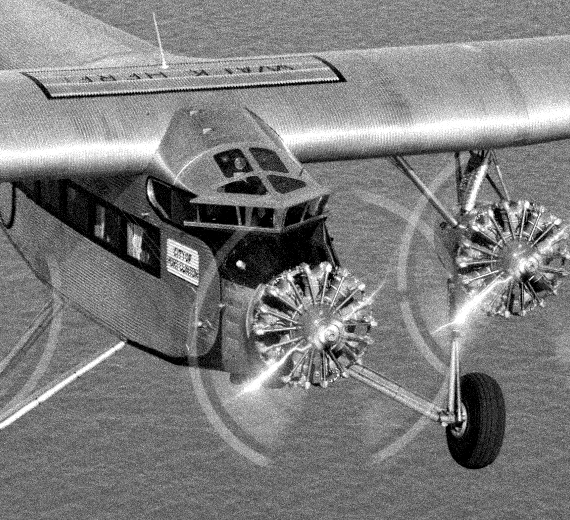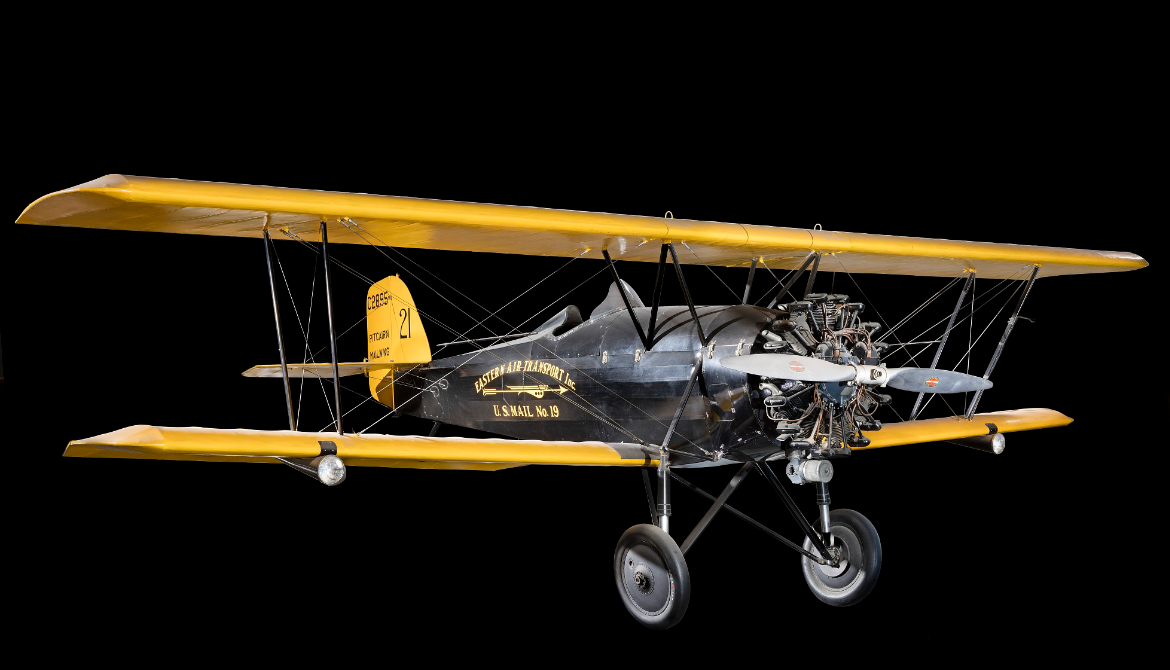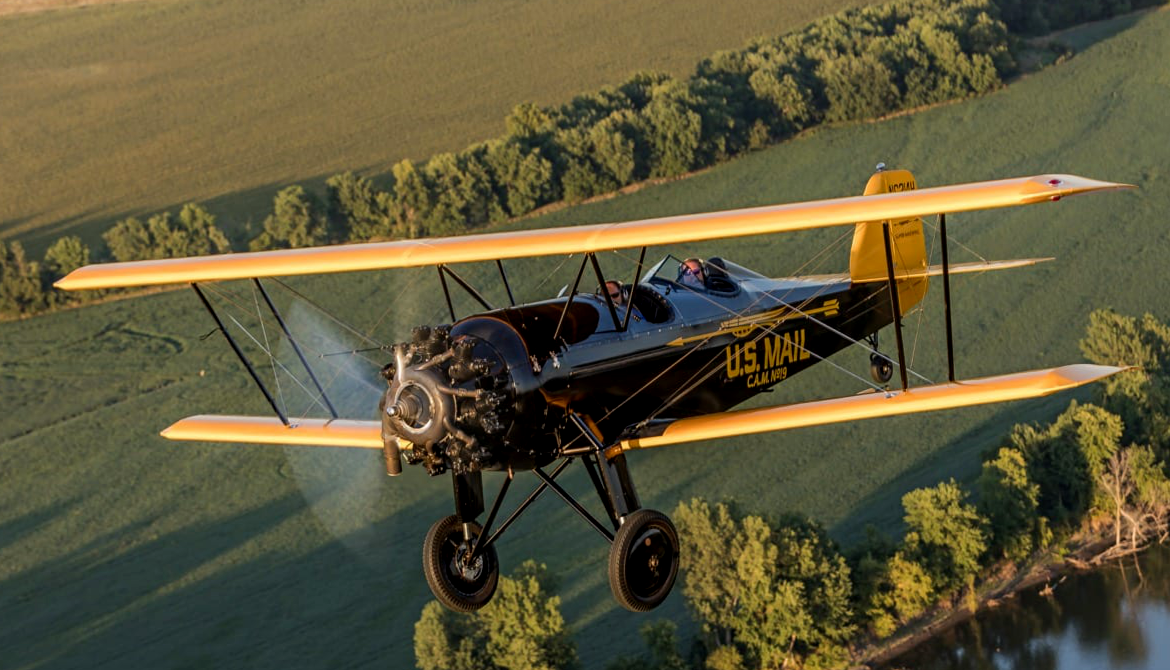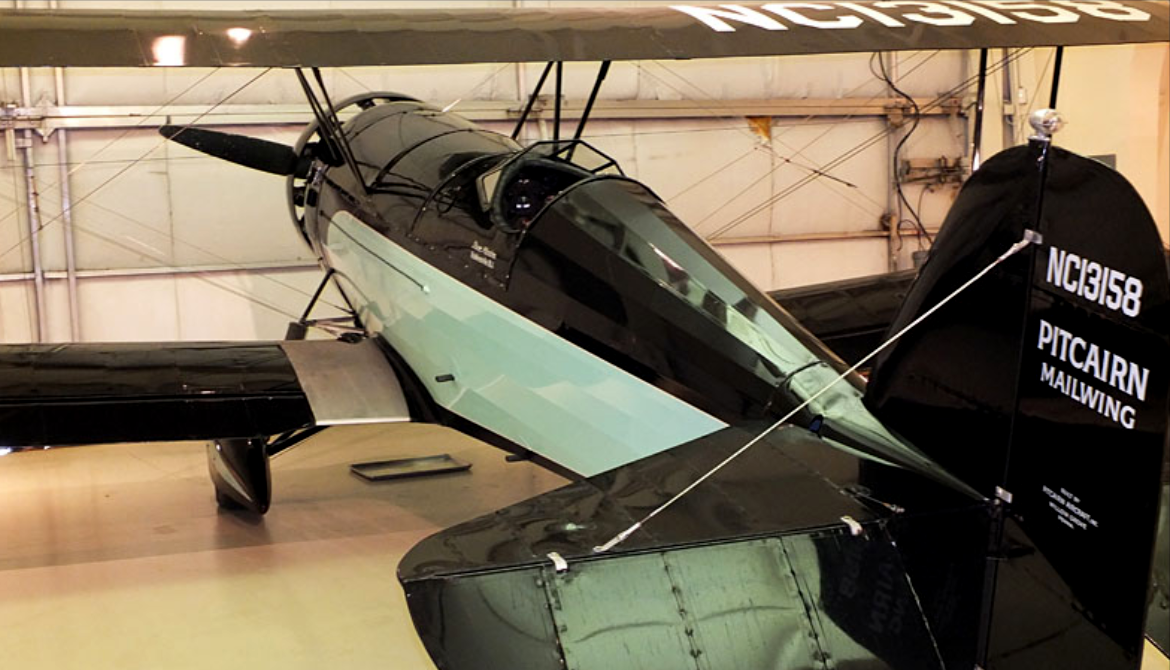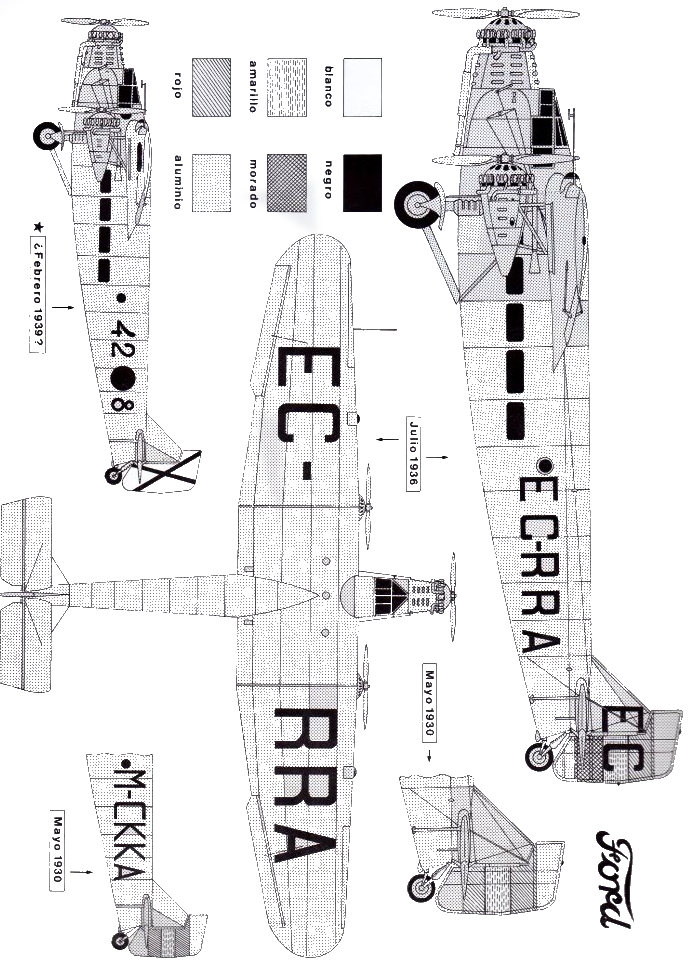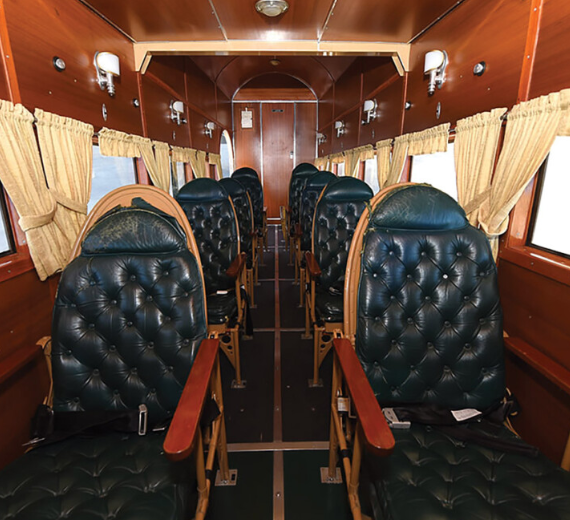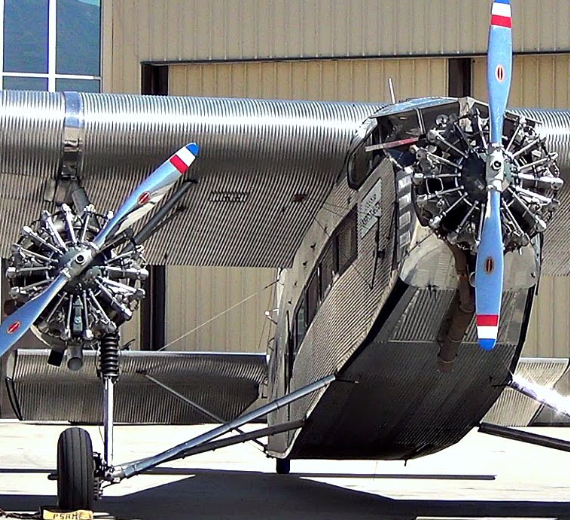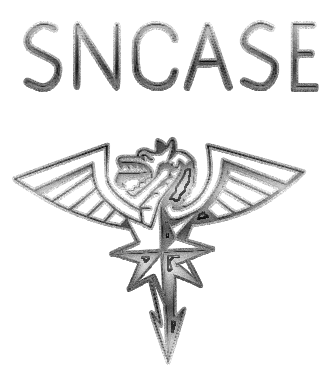Stout Metal Airplane Division Ford Trimotor
Role Transport aircraft
Manufacturer Stout Metal Airplane Division of the Ford Motor Company
Designer William Bushnell Stout
First flight June 11, 1926
Introduction 1926
Status Limited excursion service
Primary users about 100 airlines
United States Army Air Corps
United States Navy
Royal Canadian Air Force
Number built 199
Variants Stout Bushmaster 2000
.
History Stout Metal Airplane Division
Ford Trimotor "Tin Goose")
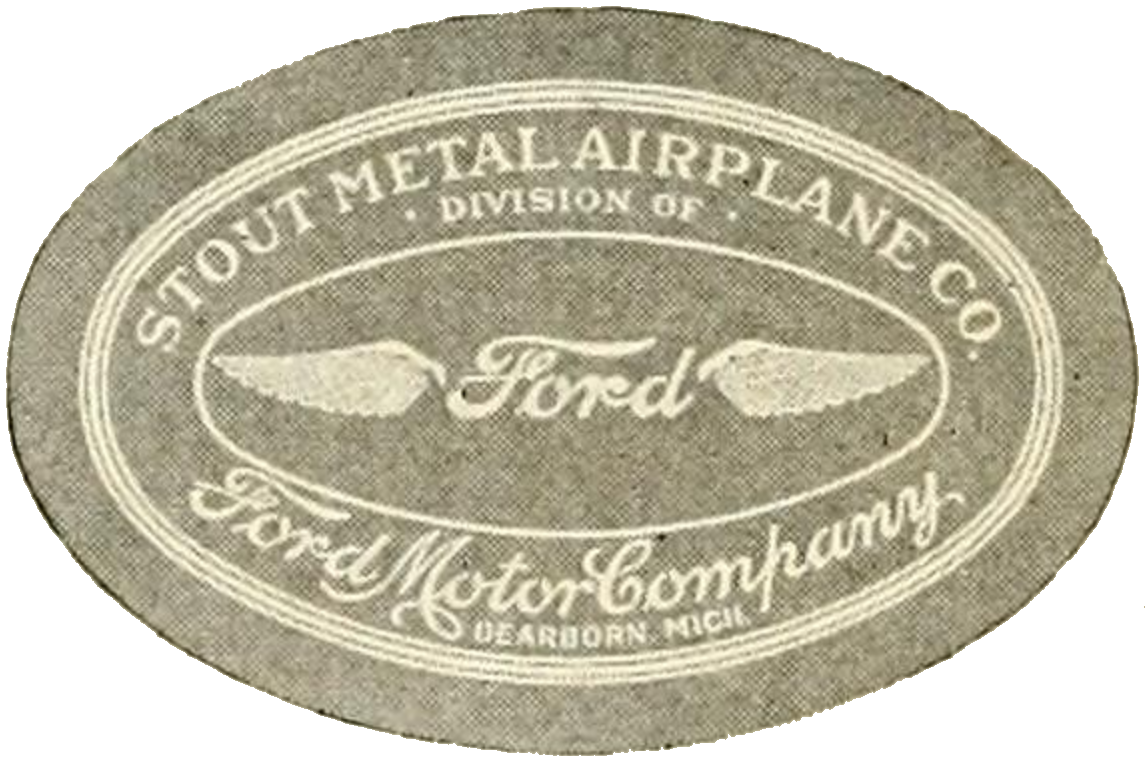
The Ford Trimotor (also called the "Tri-Motor", and nicknamed the "Tin Goose") is an American three-engined transport aircraft. Production started in 1925 by the companies of Henry Ford and ended on June 7, 1933, after 199 had been made. It was designed for the civil aviation market, but also saw service with military units.
In the early 1920s, Henry Ford, along with a group of 19 others including his son Edsel, invested in the Stout Metal Airplane Company. Stout, a bold and imaginative salesman, sent a mimeographed form letter to leading manufacturers, blithely asking for $1,000 and adding: "For your one thousand dollars you will get one definite promise: You will never get your money back."[clarify] Stout raised $20,000, including $1,000 each from Edsel and Henry Ford..
Operational history

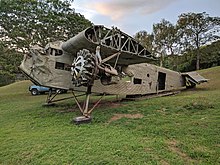
Operational history

Production ran from 1926 and 1933 and 199 were built, including 79 4-ATs, and 117 5-ATs, plus some experimental craft. Well over 100 airlines of the world flew the Ford Trimotor. From mid-1927, the type was also flown on executive transportation duties by several commercial nonairline operators, including oil and manufacturing companies.
0
KmCeiling
0
KmCombat RANGE
0
Km/hAircraft Speed
0
Max Crew
Photo Gallery
Stout Metal Airplane Division
Ford Trimotor "Tin Goose"


Stout Metal Airplane Division
Ford Trimotor "Tin Goose")
General Info
-
-
- Crew: 3 (pilot, co-pilot, flight attendant)
- Capacity: 11 passengers
- Length: 49 ft 10 in (15.19 m)
- Wingspan: 74 ft 0 in (22.56 m)
- Height: 11 ft 9 in (3.58 m)
- Cabin length: 16 ft 3 in (5 m)
- Cabin width (average): 4 ft 6 in (1 m)
- Cabin height (average): 6 ft 0 in (2 m)
- Cabin volume: 461 cu ft (13 m3)
-
Powerplant
-
- Empty weight: 6,500 lb (2,948 kg)
- Gross weight: 10,130 lb (4,595 kg)
- Fuel capacity: 231 US gal
- Oil capacity: 24 US gal
- Powerplant: 3 × Wright J-6-9 Whirlwind 9-cylinder air-cooled radial piston engines, 300 hp (220 kW) each for take-off
-
Performance
- Maximum speed: 132 mph (212 km/h
- Cruise speed: (172 km/h, at 1,700 rpm
- Stall speed: 57 mph (92 km/h,
- Range: 570 mi (920 km, 500 nmi)
- Service ceiling: 16,500 ft (5,000 m)
- Absolute ceiling: 18,600 ft (5,669 m)
- Absolute ceiling on 2 engines:2,164m
.
Links to Youtube & Others
The Pitcairn PA-5 Mailwing was designed to carry air mail along the routes of the eastern United States. Efficient and economical, it helped build the route structure for what would ultimately become Eastern Air Lines.
Stout Metal Airplane Division Ford Trimotor
The Mailwing NC-2895 was built in 1927 and was the prototype for a series of Pitcairn mail planes.
Youtube Link
The Mailwing NC-2895 was built in 1927 and was the prototype for a series of Pitcairn mail planes.

